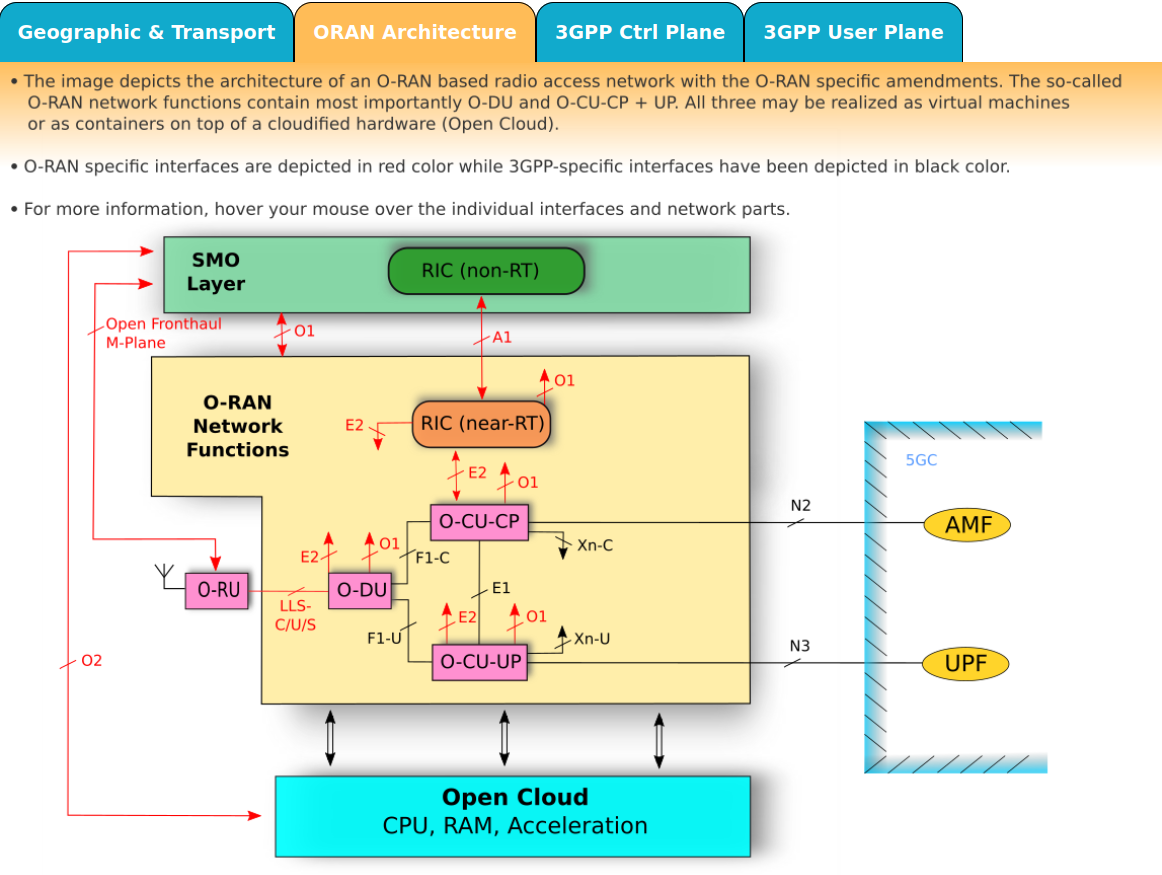 O-RAN: Architecture, Implementation & Operation
O-RAN: Architecture, Implementation & Operation
[duration: 2 full days or 4 x ½ day, Euro 2,350.- (net) per participant]
Methodology: online delivery

Table of Contents:
Part 1: ORAN / An Overview
- Architecture overview
- Artifical Intelligence (AI) and Machine Learning (ML) in Context with O-RAN
- Standardization and Interaction among Players (incl. incumbent RAN-vendors)
- Functional split options and O-RAN
- Focus on 7.2X between O-RU and O-DU
Part 2: Architecture Details: Open Cloud, Virtualization & Acceleration
- HW-virtualization and VM's vs OS-virtualization and containers
- e.g. performance differences, comparison with dedicated HW-solutions
- Open Cloud and its components
- Edge Cloud, Regional Cloud, Core Cloud
- Xhaul: Fronthaul and Backhaul
- Acceleration options: FPGA, GPU, eASIC, Inline, look-aside
- Kubernetes and Docker
- Kubernetes master node and worker nodes
- Pods
- Networking with Kubernetes
- Demo of Minikube / bashing into pods and containers
- Service mesh with Istio as example
- Load sharing: Istio vs KubeProxy
Part 3: Architecture Details: The RIC (near-RT & non-RT)
- Tasks & functions, differences between near-RT RIC and non-RT RIC
- control loop types and their meaning
- xApps and rApps
- Looking deeper into example xApp: Traffic steering
Part 4: SMO (Service Mgmt & Orchestration)
- Interfaces (O1, O2, A1, Open Fronthaul MP)
- Relationship with FCAPS model
- SON with RIC
- Day 0 and Day 1 configuration
- Cloud Mgmt
- OAM (Operation & Maintenance)
- Network slicing with ORAN
- Mobile Edge Computing with ORAN
Part 5: Conclusions & Outlook
- Next steps of O-RAN standardization
- Blending of O-RAN into legacy system vendors' solutions
- O-RAN in Rakuten and Drilisch networks
- Why ORAN?
- Pros & Cons
v1.0
ℹ️ Try out the updated search below!
Search:
More Info:
General Information about this course
Our Training-Catalog
GSM Training Courses
(E)GPRS Training Courses
3G Training Courses
Multimedia & TCP/IP Training Courses
SS7 Protocol Stack Training Courses
Transmission & Access Technologies Related Courses
Bootcamps
